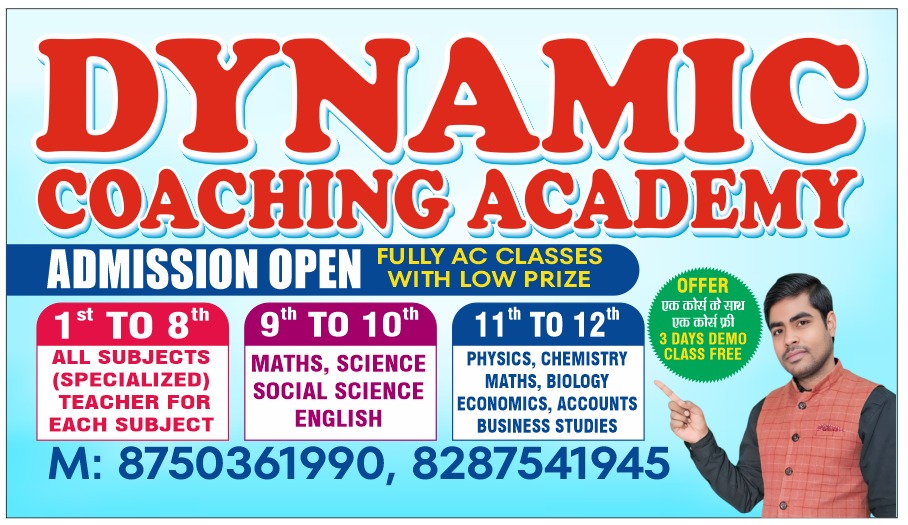Complete Course Of 10th Class Math Book ( NCERT )

About Course
-
Real Numbers:Explores different types of real numbers, including rational and irrational numbers, and discusses Euclid’s division lemma.
-
Polynomials:Introduces the concept of polynomials, their degree, and methods for finding their roots.
-
Pair of Linear Equations in Two Variables:Covers graphical and algebraic methods for solving systems of linear equations.
-
Quadratic Equations:Explores the concept of quadratic equations and methods for solving them, including factoring, completing the square, and the quadratic formula.
-
Arithmetic Progressions:Introduces the concept of arithmetic progressions and their general term.
Geometry and Trigonometry:
-
Triangles:Discusses the concept of similar triangles, theorems related to them, and their applications.
-
Coordinate Geometry:Introduces the concept of coordinate geometry, plotting points, finding distances, and understanding the concept of slope.
-
Introduction to Trigonometry:Introduces trigonometric ratios (sine, cosine, tangent) and their applications in right-angled triangles.
-
Some Applications of Trigonometry:Explores real-world applications of trigonometry, such as solving problems involving heights and distances.
-
Circles:Discusses the concept of circles, tangents, secants, and theorems related to them.
Mensuration and Data Analysis:
-
Areas Related to Circles:Explores the concept of areas of sectors and segments of circles.
-
Surface Areas and Volumes:Discusses the concept of surface areas and volumes of various 3D shapes, including cuboids, cylinders, cones, and spheres.
-
Statistics:Introduces the concept of statistical data analysis, including measures of central tendency (mean, median, mode), and frequency distributions.
-
Probability:Explores the concept of probability, including calculating probabilities of events and understanding the basics of probability theory.
Course Content
Syllabus
Student Ratings & Reviews

No Review Yet

